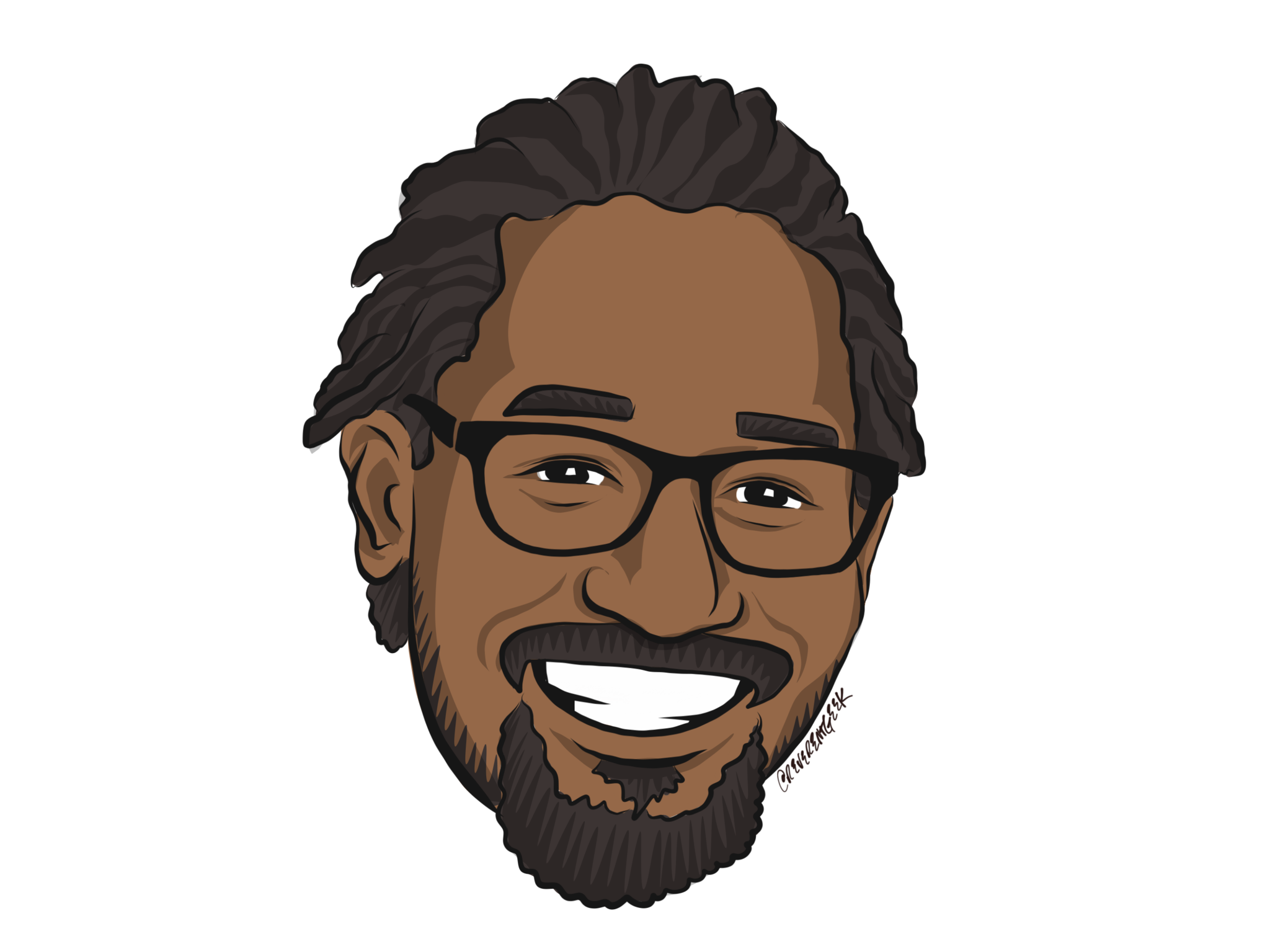National Digital eHealth Systems Maturity Model
My thoughts on this topic were fully crystallized at a WHO workshop to disseminate the Consolidated Guidelines on Person-Centered HIV Patient Monitoring and Case Surveillance, from June 18 to June 23, 2017, where one of the discussions centered on the state of national eHealth data collection and management systems.
My thoughts on this model, were firmed up by the discussion and sharing following the three-age system adopted by history, anthropology and archeology in organizing human events. The stages are:
- Stone Age - communities of 25 to 100 people surviving on hunting and gathering. Some communities evolved into having temporary settlements at opportune locations for economic activities
- Agricultural Age - permanent settlements varying in size from villages to walled cities. Increased scale of domestication of animals, planting of fields and use of tools for agriculture.
- Industrial Age - Replacement of hand tools by power driven-tools, communities coming together in governance, planning and resource mobilization. Learning and culture starting to blossom, and new knowledge being created
Now to map those models into national digital eHealth initiatives
- Stone age
- Paper based tools for patient monitoring and reporting
- Limited use of electronic medical records (EMR) coverage below 20% of sites
- Where EMRs are available used as dumb data dumps to simplify mandatory reporting needs
- Adhoc usage of data for facility care and program monitoring
- Single disease support in EMR
- Agricultural age
- Increased rollout and usage of EMR tools at patient service sites over 60% coverage
- Disparate integration efforts and capabilities between different systems
- Routine mandatory reporting well established
- Routine data usage for patient care and treatment program monitoring
- Initial efforts at system inter-operability over and above point-to-point system integration
- Adhoc dashboards and data analysis outputs developed
- Unique identification processes at initial state of establishment
- Industrial Age
- At least 85% of sites have an EMR installed and routinely used
- EMR systems cover at least 60% of clinical data available
- Routine patient treatment and monitoring data generated, analyzed and summarized
- Connections between systems done following documented best practices and protocols leading to development of health information exchanges
- Dashboards and data analysis tools routinely used to display summaries at different levels
- Well established, documented and routinely used unique identification
- Data de-identification done regularly to provide data sets for analysis
Looking forward to hearing your thoughts … Where does your nation lie
